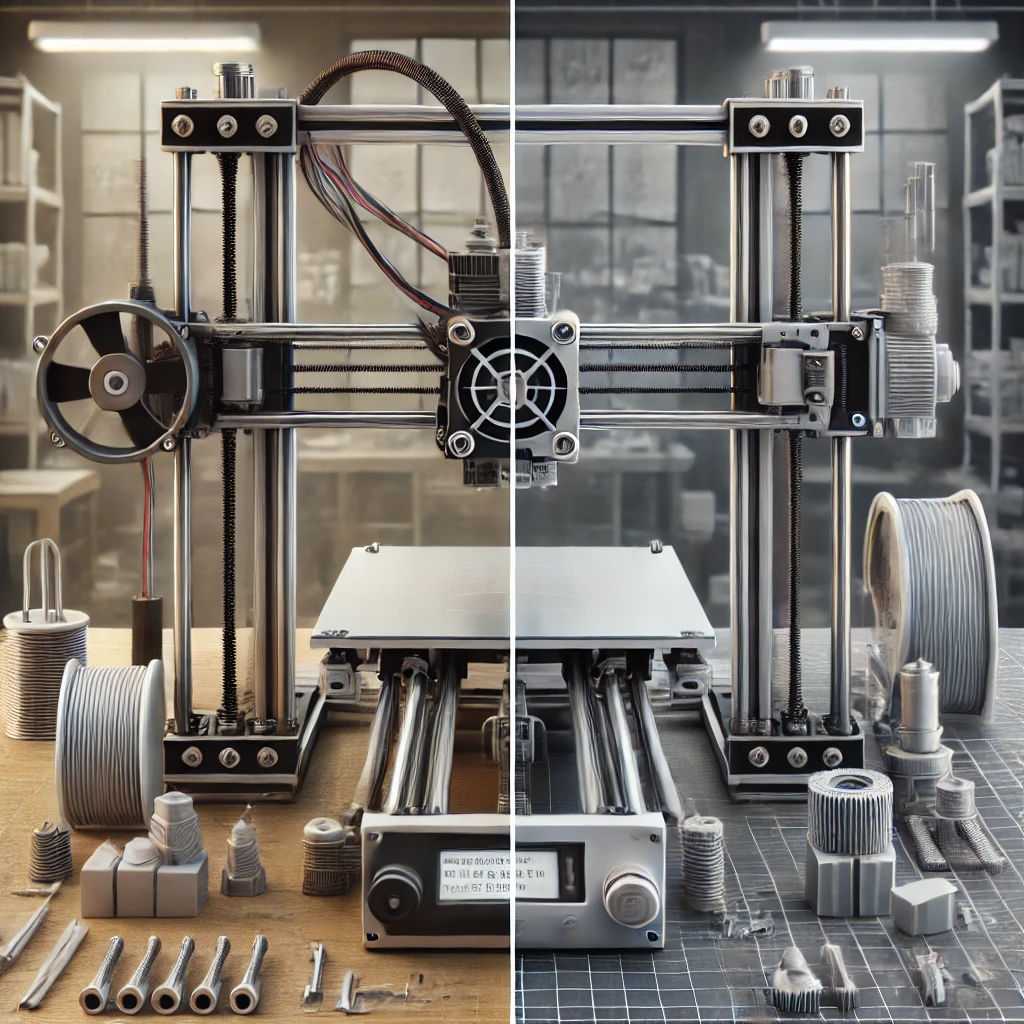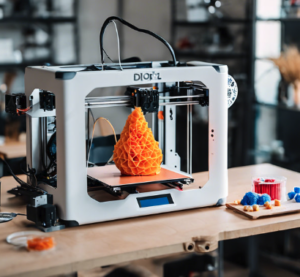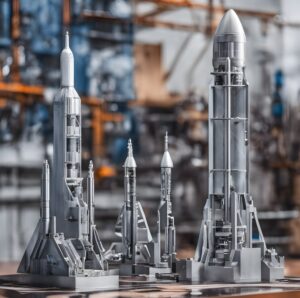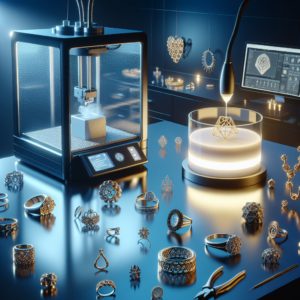Direct Drive vs. Bowden: Which 3D Printer Extruder System is Better?

When selecting a 3D printer, one of the most important decisions is choosing between a Direct Drive or Bowden extruder system. Both have their pros and cons, and the right choice for you will depend on your specific 3D printing needs. In this article, we’ll compare the two extruder setups, discussing their differences, benefits, and ideal use cases to help you make an informed decision.
What Is a Direct Drive Extruder?
A Direct Drive extruder positions the extruder motor directly on the print head, meaning that the filament is pushed through a short, direct path into the hotend. This setup allows for better control over the filament feed, resulting in high precision, especially when printing with flexible materials such as TPU or TPE.
Advantages of Direct Drive:
-
Precision with flexible filaments:
Direct Drive excels when printing soft, flexible materials due to its precise filament control. -
Faster retractions:
The shorter distance between the extruder and hotend allows for quicker retractions, reducing stringing and improving print quality. -
Simpler filament loading:
Loading filament is often easier because of the direct path.
Disadvantages of Direct Drive:
-
Weight on the print head:
The additional weight from the extruder motor can cause issues at high speeds, leading to vibrations or reduced print quality. -
Slower printing speeds:
Due to the extra weight, Direct Drive setups are generally slower compared to Bowden systems.
What Is a Bowden Extruder?
In a Bowden extruder, the motor is positioned away from the print head, and the filament is fed through a long PTFE tube before reaching the hotend. This design makes the print head lighter, allowing for faster movement and higher print speeds.
Advantages of Bowden Extruder:
-
Lightweight print head:
With the motor removed from the print head, Bowden setups allow for faster print speeds and smoother motion. -
Higher printing speeds:
Due to the reduced weight, Bowden extruders can achieve higher printing speeds, especially on large-scale models. -
Less vibration:
A lighter print head means less vibration, leading to smoother prints at higher speeds.
Disadvantages of Bowden Extruder:
-
Poor performance with flexible filaments:
The longer filament path in Bowden extruders can cause issues with flexible filaments, leading to jams or inconsistent extrusion. -
More complicated retraction settings:
Bowden extruders require fine-tuned retraction settings to avoid stringing and blobbing due to the longer filament travel distance.
Key Differences Between Direct Drive and Bowden
| Feature | Direct Drive | Bowden |
|---|---|---|
| Print Head Weight | Heavier | Lighter |
| Printing Speed | Moderate | Faster |
| Filament Precision | Excellent for flexible filaments | Better for rigid filaments |
| Ease of Use | Simple filament loading | Requires more retraction tuning |
| Retraction Speed | Faster | Slower |
Which One Should You Choose?
- Choose Direct Drive if you frequently print with flexible filaments, need high precision, or value ease of filament loading. It’s also ideal for applications requiring detailed prints with minimal stringing.
-
Choose Bowden if you prioritize fast printing, especially on large models, and mainly use rigid filaments like PLA or ABS. Bowden setups are perfect for high-speed production but require more careful calibration.
Both Direct Drive and Bowden extruders offer unique advantages depending on your 3D printing requirements. If your focus is on high-speed printing with rigid materials, Bowden might be the better option. However, if precision and flexibility are more important, especially with challenging filaments, Direct Drive should be your choice.
By understanding the key differences between these two extruder systems, you can select the one that best suits your 3D printing projects, ensuring optimal performance and print quality.



